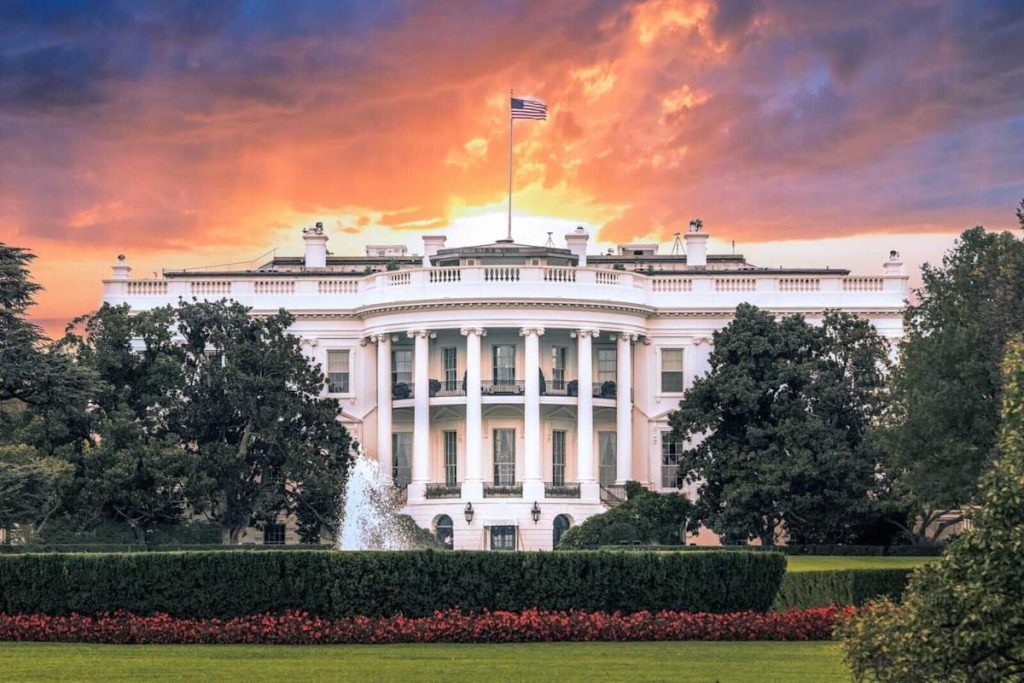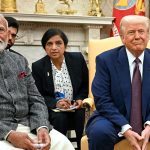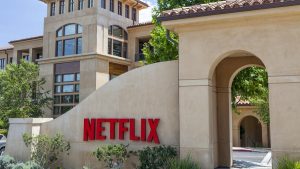Why Washington’s Bet on This AI Stock Could Be the Most Important Investment of the Decade

For decades, Intel (INTC) was the crown jewel of the tech industry. It dominated the CPU market, generated tens of billions in annual profits, and was a dividend darling for income investors. But over the past 10 years, Intel has fallen from glory, trying to compete in the AI-driven semiconductor era dominated by Nvidia (NVDA), Advanced Micro Devices (AMD), and Taiwan Semiconductor Manufacturing Company (TSMC) (TSM).
In an unexpected turn of events, Washington has made a strategic investment that has the potential to reshape the relationship between the U.S. government and the tech industry and boost Intel back to glory. The flood of cash, along with the company’s aggressive attempt to turn around its story, has sent its shares up 84.7% year-to-date, compared to the S&P 500 Index ($SPX) gain of 13.1%.
On Aug. 22, Intel and President Donald Trump’s administration reached an agreement under which the U.S. government will invest $8.9 billion in Intel common stock, representing a nearly 10% stake in the company. It also includes a five-year warrant allowing the government to acquire an extra 5% stake, but only if Intel loses majority control of its foundry business. The funds will be allocated from the CHIPS and Science Act grants and the Secure Enclave program funding.
Washington’s investment and policy support for Intel is a strategic partnership to ensure that the U.S. regains control of the world’s most important technology: semiconductors. Advanced chips are the backbone of everything from smartphones and cloud computing to AI systems and military defense. Intel remains the only American company capable of producing advanced semiconductors at scale on U.S. soil, which is most likely why Washington chose Intel. Washington’s interest in Intel could also stem from its next-generation foundry strategy. Domestic chip production is now a national priority, and Intel’s ability to deliver cutting-edge nodes on U.S. soil provides the government with a secure, reliable source of advanced semiconductors.
In August, Intel also secured a $2 billion investment from SoftBank Group (SFTBY). Under CEO Lip-Bu Tan’s leadership, Intel has taken significant steps to restore its engineering culture and financial health. Tan has focused on operational discipline, product excellence, and engagement with industry partners to reclaim Intel’s long-lost competitive advantage.
Do you want to build your own blog website similar to this one? Contact us








